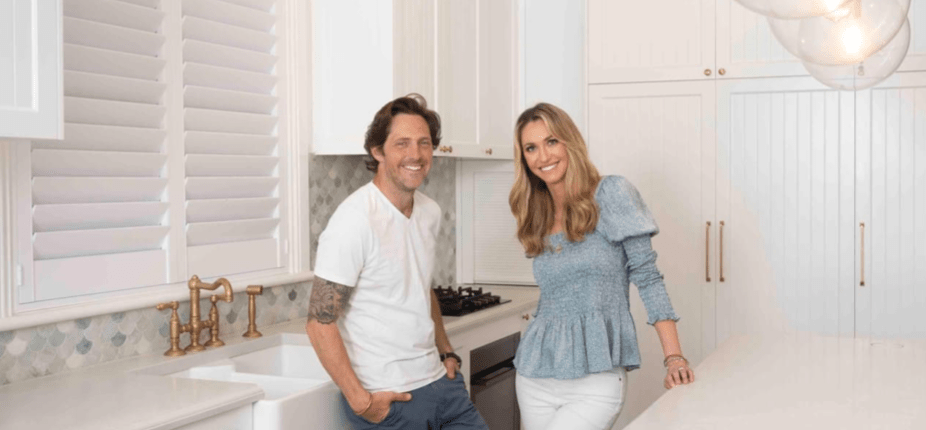Plant Life Balance, a leader in Australia’s green space industry, has just launched the Greener Spaces Better Places initiative with ambassador Charlie Albone. And it seems we’ve never been more interested in plants than since the onset of COVID-19 with 44.2% of Australians believing the pandemic has made them more aware of the importance of nature in their family’s lives. Additionally, sales of herb and vegetable plants in Australia has increased by 27%.

But, if you’re like most people, caring for greenery can seem like an intimidating task but this is where Charlie’s expertise comes in. “There’s a green thumb in us all, and we’re seeing this now more than ever as people turn to gardening – successfully – for the first time since lockdowns. I’m looking forward to sharing my story and top tips so more aspiring gardeners can feel confident to get out there and get their hands dirty!” says Charlie.
Charlie’s tips for indoor plants
Life for an indoor plant is tough as not much has evolved in a dark cave with air-conditioning. You need to show your indoor plants some love.
- Pick wisely; selecting tropical plants with big leaves, peace lily, devils’ ivy and monstera are all fail safe.
- Put them in a well-lit ventilated area, the more natural you can make the environment the better the success.
- Overwatering will kill them as quickly as underwatering them so come up with a routine and stick to it. Regularity is the key to success and each situation will be different but start with a little bit every three days and see how your plants respond. Adjust the amount of water before adjusting the regularity.
- Take your indoor plants for a shower once a month – this will replicate rain, wash off the dust from the leaves and soak the root balls giving them a boost of hydration. Don’t use any hot water as this could scold the leaves.
- If you are showering your plants, you shouldn’t need to wipe the dust off your leaves, however for super shiny specimens, dab the smallest amount of olive oil on a cloth and shine them up.

How to pick a plant for the outdoors
It can be a daunting process picking plants for a garden, they seem like such a big investment and you desperately want them to succeed. Although it’s never fool proof, you need to follow a process to get the best chance of success.
- First up you need to study where your new plant baby is going to go. This will stop you from buying things you like the look of but simply won’t grow in the spot you want them to grow in. Work out how much sun the spot gets, if it’s full sun, semi shade or full shade. Then dig a hole and pour a big bucket of water into it and see how quickly it drains away, this will tell you a lot about your soil and how it drains.
- When you’re at the nursery don’t be scared to ask for advice, plant people love to share their knowledge and now you know your sun requirements and how the soil drains you stand a good chance of getting the right plant for your spot.
- Improve your soil with compost, known as black gold, it helps to bind sandy soil together and break up clay by bringing in worms. (Heavy clay can also do with a handful of gypsum)
- Soak your plant in its pot in a large bucket of water before planting to ensure it’s completely hydrated, leave it in there until all the air bubbles have stopped. You can add in some seaweed tonic if you want to help settle it in quicker.
- Your plant is used to living like a king at the nursery so establish it with plenty of water as this will ensure good root growth and establishment.

Tips for getting the right plant for your spot
- The leaf will tell you so much about a plant, as a rule of thumb small leaves can take lots of sun and large leaves need more shade. If they are hairy, silver, or succulent, chances are they like baking in hot sun too.
- Buy fast growing plants in small sizes and slow growers in larger sizes to make your dollar go further, in the end they will catch up to each other.
- Research the plant and find its mature height so you can plan your planting scheme, these are often given in perfect growing conditions in a natural habitat so for your garden you can plan for it to get to 75 per cent of this height.

For more on Greener Spaces Better Spaces

Charlie Albone and Juliet Love share a first look at their new home

